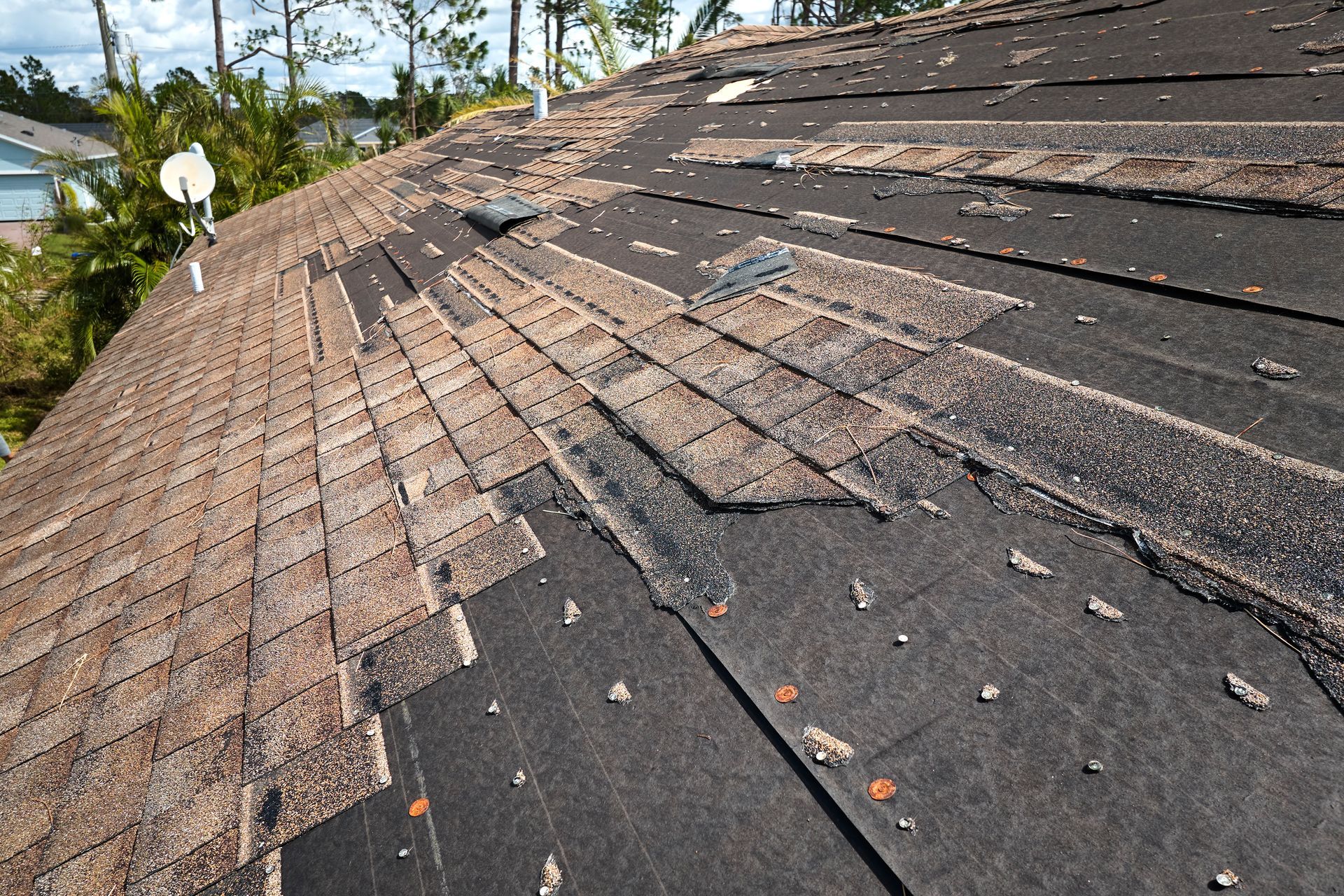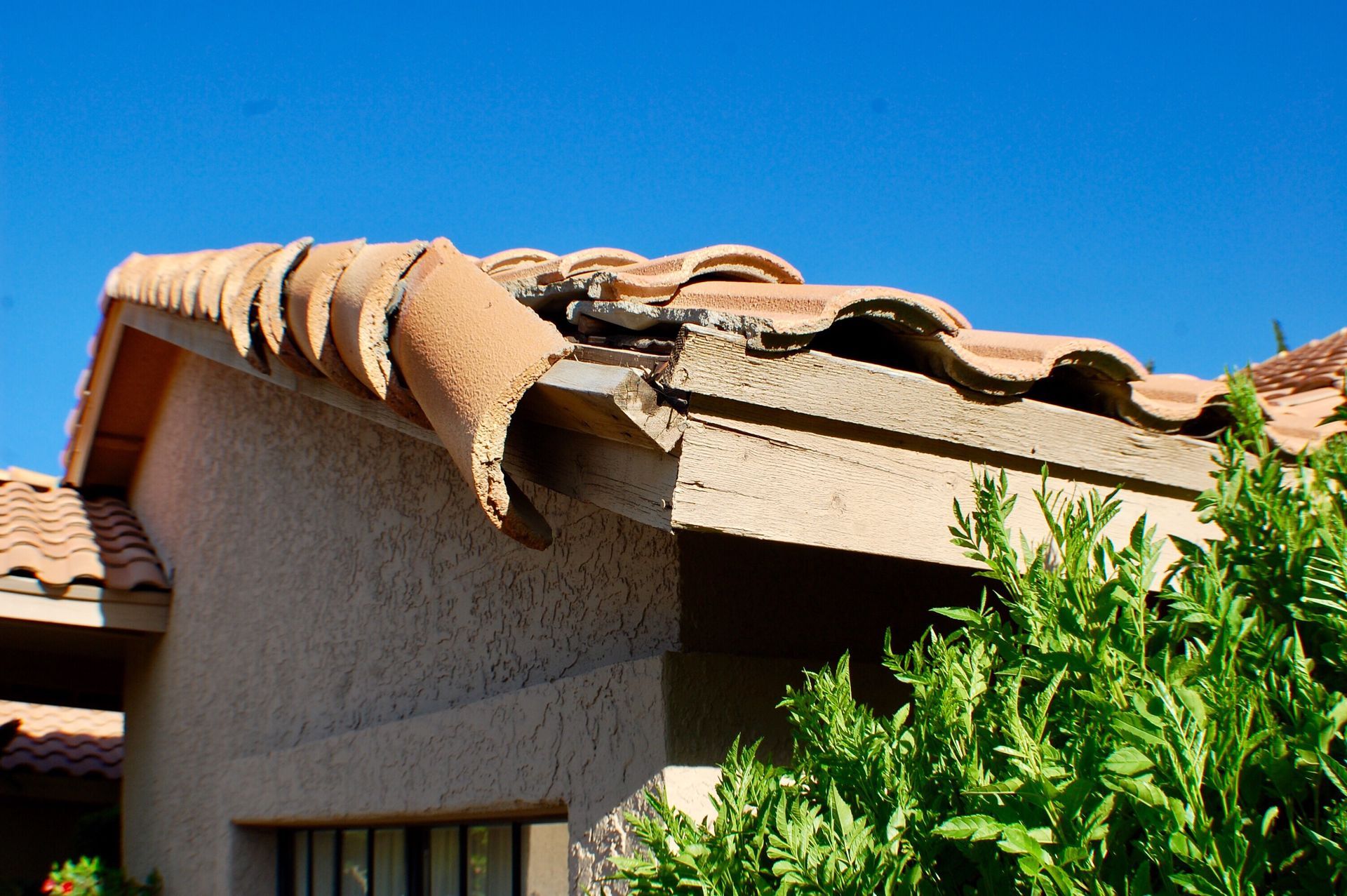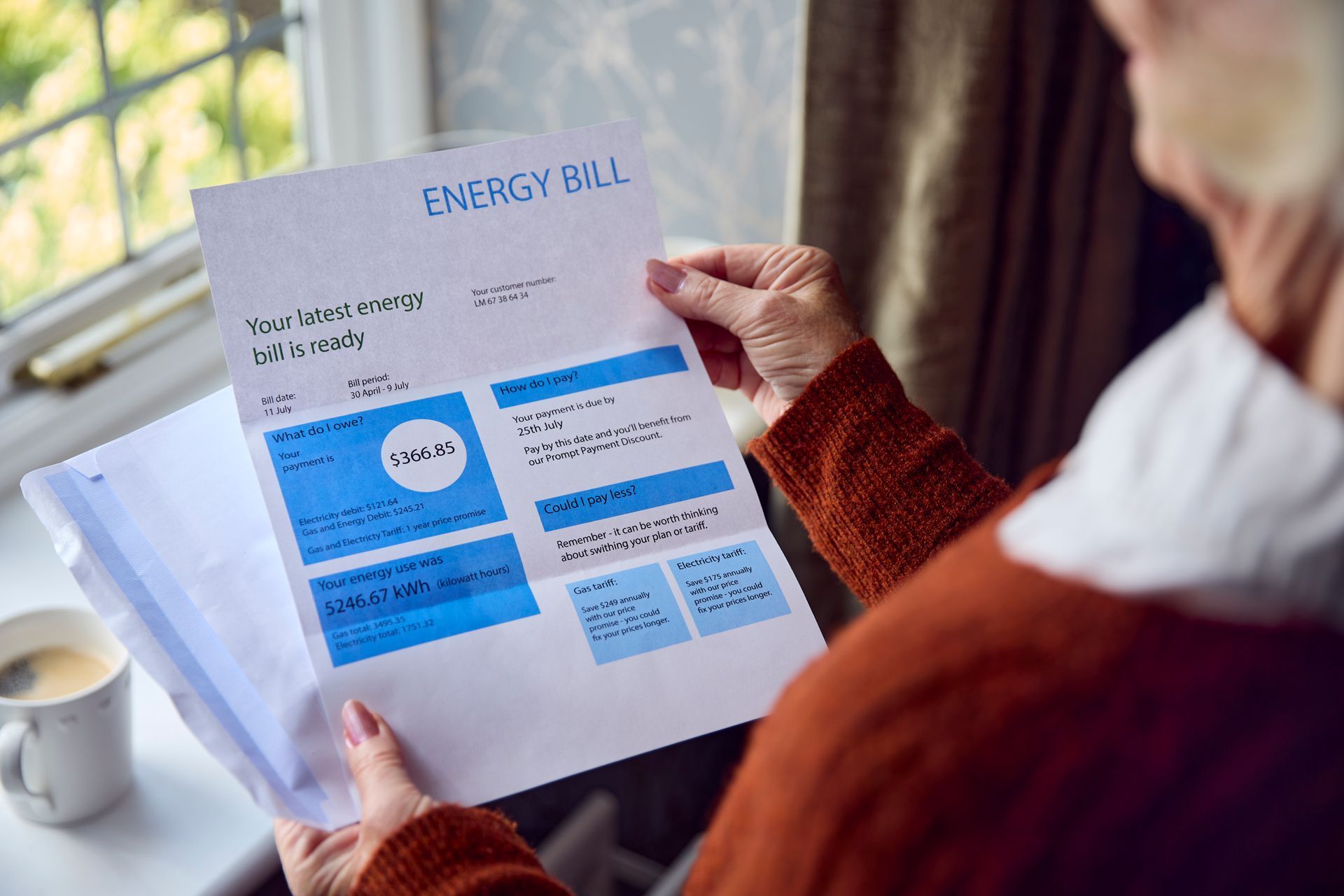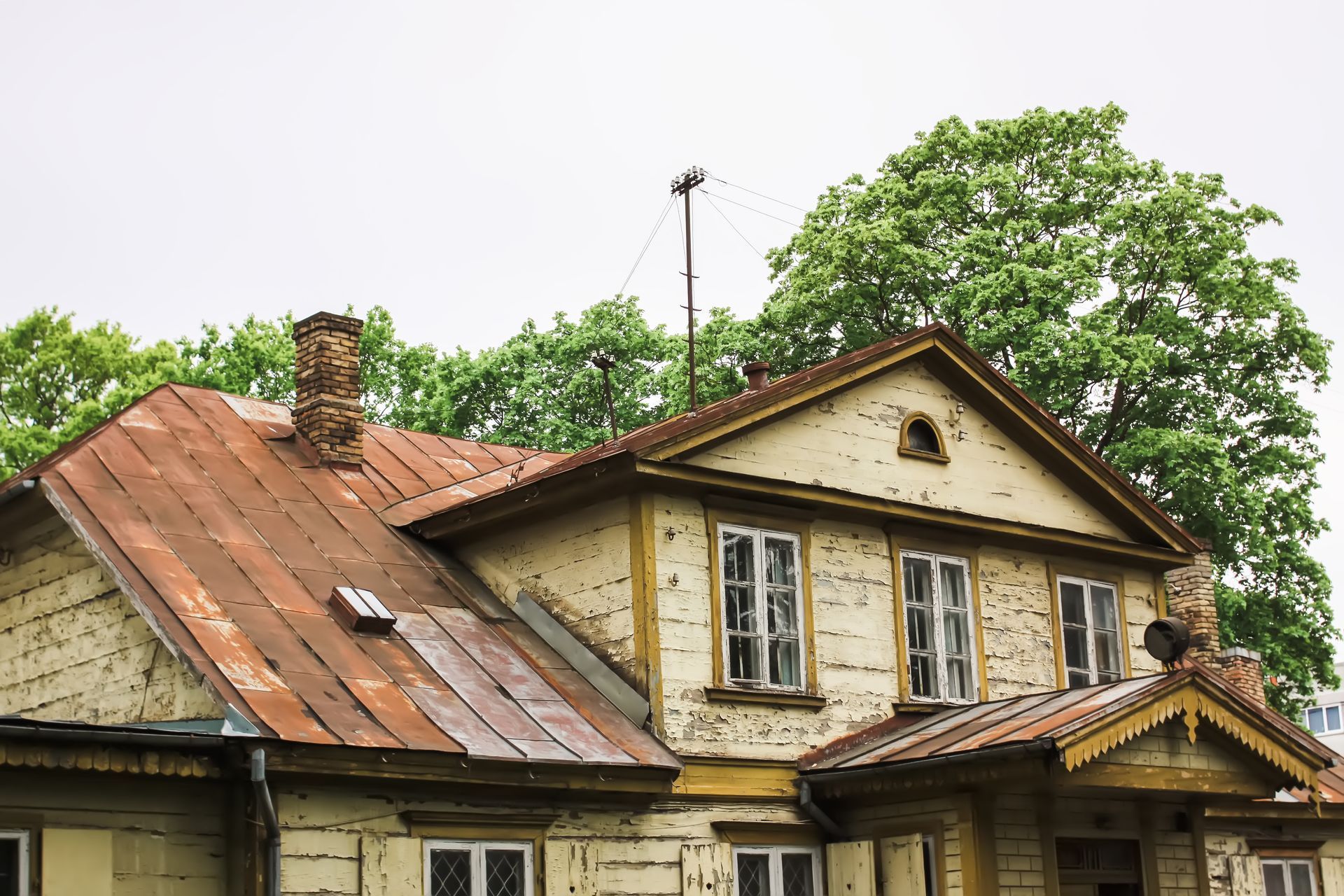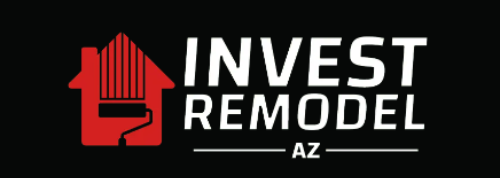How to Spot Early Signs Your Roof Needs Replacement
Learn how to identify early warning signs of roof damage and avoid costly repairs with this essential guide.
Your roof is your home’s first line of defense against the elements, but over time, wear and tear can lead to serious damage. Catching early signs of roof problems can save you money and prevent costly repairs down the road. But how do you know when it's time for a replacement? In this guide, we’ll go over the key warning signs that indicate your roof may need to be replaced.

Leaks and Water Damage
A leaking roof is one of the most obvious signs that you may need a replacement. Even small leaks can turn into major problems if ignored.
What to Look For:
- Water stains on ceilings or walls.
- Damp or musty smells in the attic.
- Peeling paint or bubbling drywall, which can indicate moisture buildup.
Why It Matters:
Leaks can lead to mold growth and rot, weakening your home's structure and impacting air quality. If multiple leaks appear, it could be a sign that your roof is failing.
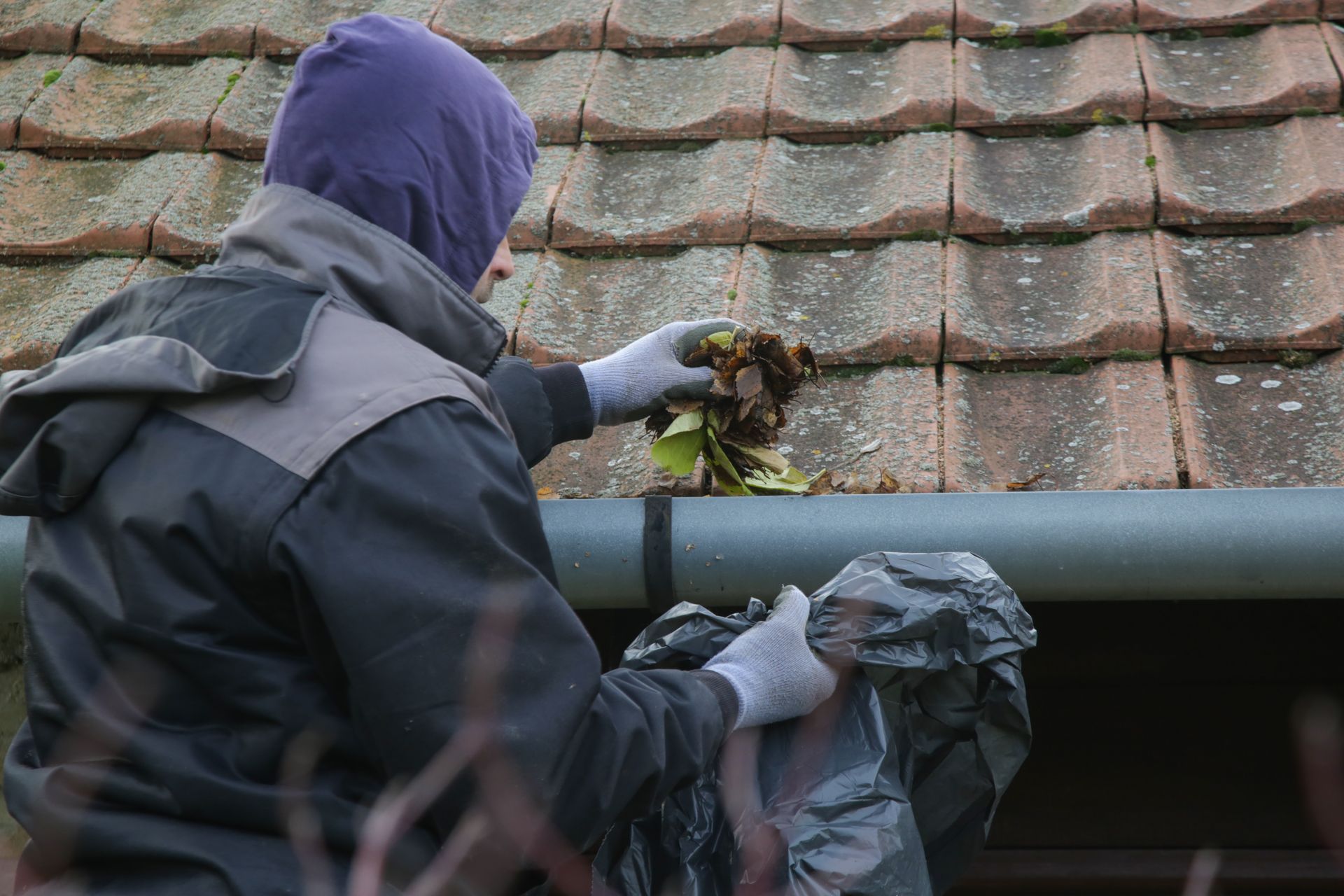
Granules in Gutters
If your shingles are shedding granules, your roof’s protective layer is breaking down.
What to Look For:
- Excessive granules collecting in your gutters or downspouts.
- Patches on shingles that look bare or worn down.
- Discolored or faded areas on your roof.
Why It Matters:
Granules help protect shingles from sun damage and extreme weather. Once they wear away, shingles become more vulnerable to cracking, curling, and breaking apart.
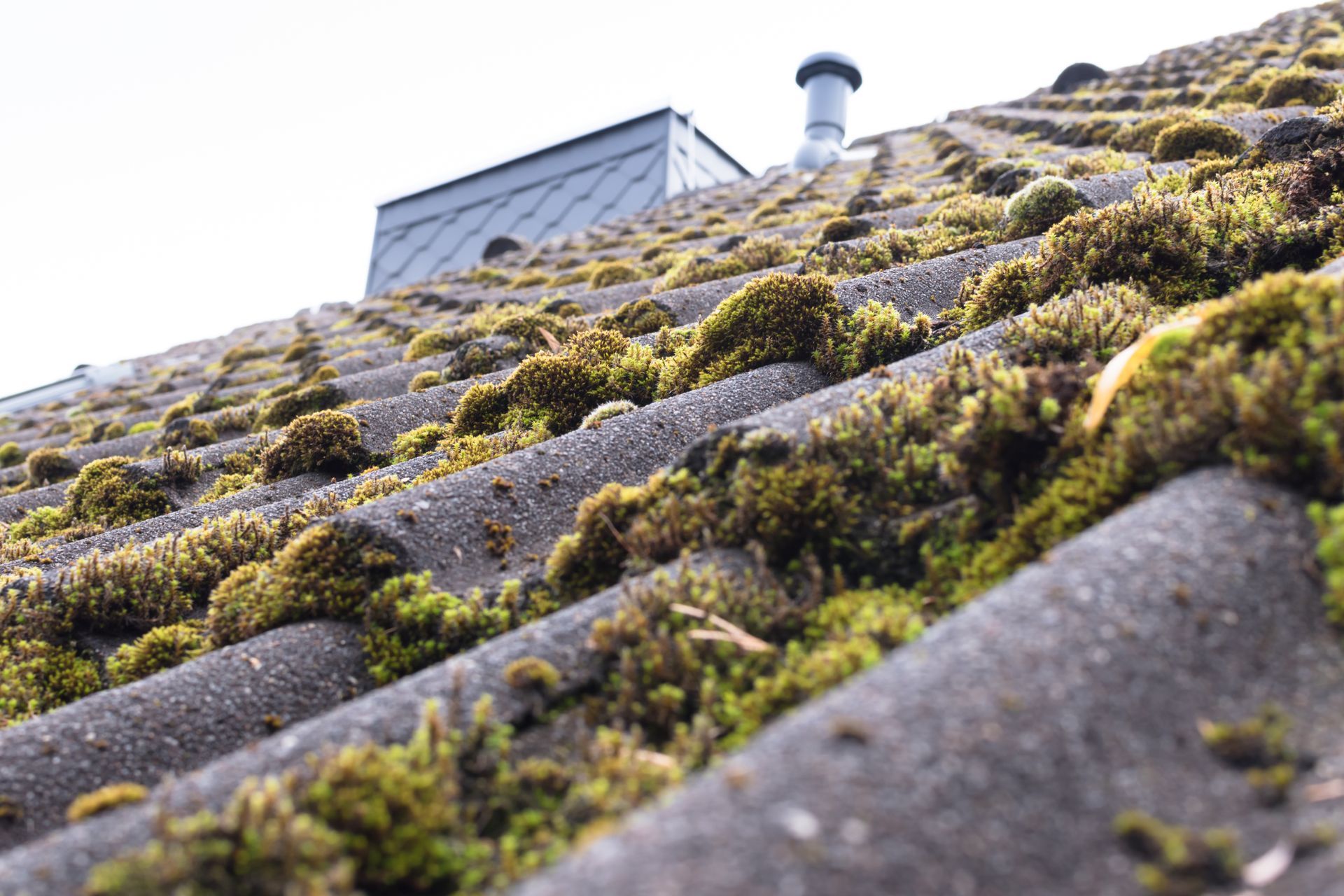
Moss, Mold, or Algae Growth
While some plant growth on roofs is normal, excessive moss, mold, or algae could mean moisture is being trapped in your shingles.
What to Look For:
- Green or black streaks running down your roof.
- Thick patches of moss, especially in shaded areas.
- Signs of rot or decay on wooden roof components.
Why It Matters:
Moisture retention weakens your roof’s structure and can cause long-term damage. Cleaning it early can help, but in some cases, a full replacement is necessary.
When to Call a Professional
If you notice any of these signs, it’s time to consult a roofing expert. A professional inspection can help determine whether you need a repair or a full replacement.
📞
Call Invest & Remodel AZ for a Free Roof Inspection!
Our experts can assess your roof’s condition and recommend the best solutions to keep your home protected.
Your roof plays a vital role in protecting your home from the elements. Spotting the warning signs early can help you avoid costly damage and ensure your home stays safe and secure. If you suspect your roof may need replacement, don’t wait—contact Invest & Remodel AZ today for expert advice and quality roofing services.
Schedule Your Free Roof Inspection Today!
Let’s help you protect your home with a durable, high-quality roof replacement.


